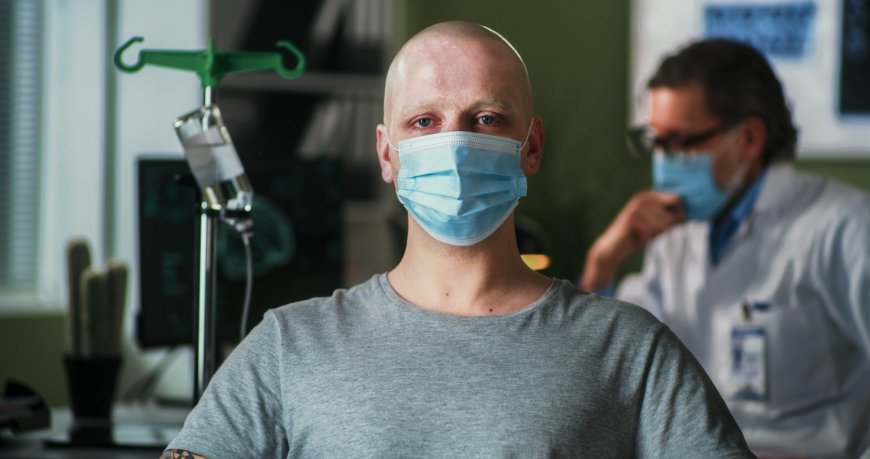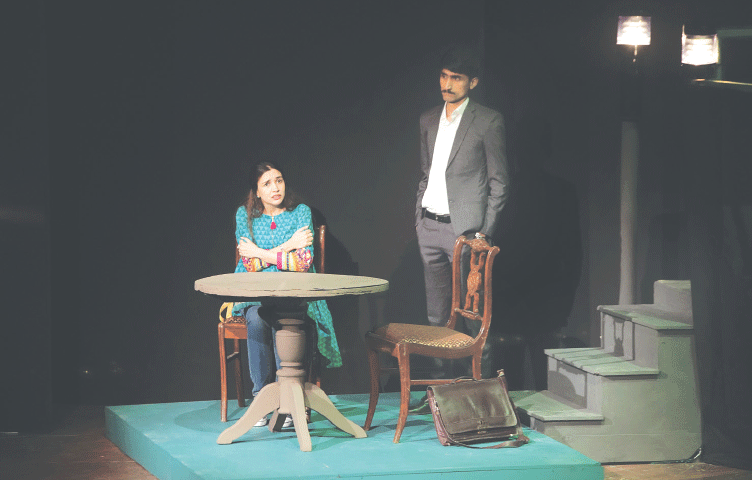Childhood Cancer Survivors Face Lasting Vulnerability to Severe COVID-19
A study in Denmark and Sweden reveals that childhood cancer survivors remain at a higher risk of severe COVID-19, even years after beating cancer. This emphasizes the importance of tailored protection strategies for this vulnerable group in future pandemics.

Study finds that even decades after beating cancer, survivors remain especially vulnerable to severe COVID-19, urging health authorities to rethink tailored protection strategies in future pandemics.
Childhood cancer survivors have a substantially higher risk of developing severe coronavirus disease 2019 (COVID-19) even many years after their cancer diagnosis, as reported by the first European and nationwide population-based study published in The Lancet Regional Health.
Background
The prevalence of childhood cancer is rapidly increasing worldwide, with more than 400,000 children aged 0-19 diagnosed with cancer each year. Recent advancements in diagnostics and therapeutics have significantly improved cancer prognosis, leading to a 5-year survival rate of over 85% in high-income countries.
With increasing survival rates, the number of childhood cancer survivors is steadily increasing globally. However, the risk of various health complications and premature mortality is significantly higher in this vulnerable population. During the COVID-19 pandemic, a substantially higher risk of severe COVID-19 and related mortality has been observed among individuals with a history of cancer.
The evidence regarding the impact of the COVID-19 pandemic on childhood cancer survivors remains inconclusive. Only a few studies have been conducted on childhood cancer survivors, focusing mainly on psychological and lifestyle outcomes related to the pandemic.
The current study aimed to investigate whether childhood cancer survivors are at a higher risk of developing severe COVID-19 and contracting severe acute respiratory syndrome coronavirus 2 (SARS-CoV-2) infections compared to the general population.
The study
The study involved a total of 13,659 cancer survivors from Denmark and Sweden who were diagnosed with cancer before the age of 19 years. The risk of SARS-CoV-2 infection and severe COVID-19 in childhood cancer survivors was compared with 58,803 randomly selected individuals from the general population, matched on year of birth, sex, and country.
Risk comparisons were also carried out between cancer survivors and their siblings to account for confounding family-shared factors. All participants were followed from January 2020 to December 2022.
Denmark and Sweden were selected as participating countries because of significant differences in their pandemic responses. While Denmark implemented mandatory restrictions throughout the pandemic, including mask wearing, nationwide lockdown, and school closures, Sweden followed a more permissive approach, opting for recommendations rather than mandates.
Key findings
The comparison analysis between childhood cancer survivors and their counterparts from the general population revealed a similar risk of developing severe COVID-19 at the beginning of the pandemic.
However, with the emergence of SARS-CoV-2 variants with higher transmissibility, such as the Alpha and Omicron variants, a higher risk of severe COVID-19 was observed among cancer survivors than their counterparts from the general population.
While childhood cancer survivors faced a higher risk of severe COVID-19, they were less likely to contract SARS-CoV-2 compared to their matched counterparts from the general population. The risk was more evident among the comparisons during the transmission of the Omicron variant.
The comparison analysis between cancer survivors and their siblings revealed a higher risk of developing severe COVID-19 and a lower risk of contracting SARS-CoV-2 infection among survivors.
The country-specific analysis revealed an initial difference in severe COVID-19 risk between survivors and comparisons from Denmark and Sweden. However, with the emergence of variants with higher transmissibility, a higher risk of severe COVID-19 was observed among cancer survivors from both countries than their respective comparisons. Regarding SARS-CoV-2 infection, a higher risk was observed among comparisons than survivors in both countries.
Although the relative risk (adjusted hazard ratio, aHR) of severe COVID-19 was higher in Sweden, the absolute proportion of survivors affected converged in both countries by the end of the study period.
Study significance
The study reveals that childhood cancer survivors had a 58% higher risk of developing severe COVID-19 than their counterparts from the general population (aHR = 1.58), and a twofold risk compared to their siblings (aHR = 2.02), despite having a lower risk of contracting SARS-CoV-2 infection and a higher vaccination rate.
The risk of severe COVID-19 was particularly noticeable among survivors with a childhood cancer diagnosis at the age of 15 years or older, survivors diagnosed with solid tumors, and survivors aged 50 years or above at the beginning of the pandemic. The increased risk was more evident during the Alpha and Omicron variant outbreaks.
Previous studies involving high-risk populations have also described higher risks of severe COVID-19 among survivors of adulthood cancer. The findings of the current study indicate that childhood cancer survivors are particularly susceptible to developing severe COVID-19 during high-transmission periods, suggesting they could have benefited from being classified as a high-risk population and having tailored interventions, such as being prioritized when COVID-19 vaccines became available.
Importantly, while the relative risk was higher, the absolute risk of severe COVID-19 remained low in both groups, with 0.8% of survivors and 0.4% of their comparisons being diagnosed with severe COVID-19 during the study period.
Although Denmark and Sweden implemented different pandemic control measures, the study reported similar proportions of childhood cancer survivors with severe COVID-19 in both countries during high-transmission periods. The risk of severe COVID-19 remained high among survivors in both countries even after the introduction of the COVID-19 vaccine.
This could be partly due to the lower protective efficacy of vaccines in immunocompromised individuals like cancer patients, as well as other factors such as behavioral differences, with survivors possibly taking greater precautions to avoid infection. Differences in testing rates between countries may also have influenced the observed infection rates.
The study authors also note some limitations, such as the inability to stratify by specific cancer subtypes due to limited statistical power, and possible under-capture of comorbidities managed in primary care.
Overall, the study provides valuable information to facilitate future pandemic preparations. The findings also highlight the need for tailored interventions to safeguard high-risk populations during future health crises.
According to the source: News-Medical.
What's Your Reaction?
 Like
0
Like
0
 Dislike
0
Dislike
0
 Love
0
Love
0
 Funny
0
Funny
0
 Angry
0
Angry
0
 Sad
0
Sad
0
 Wow
0
Wow
0











































































































































































